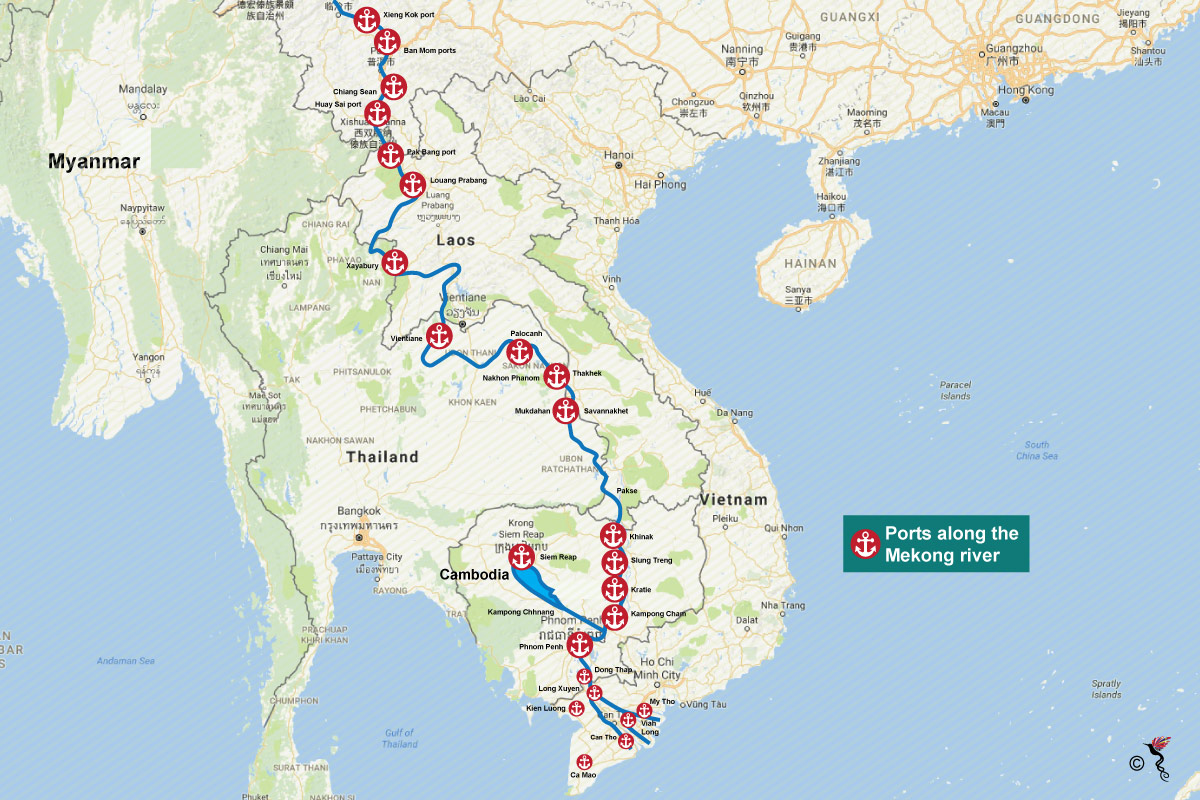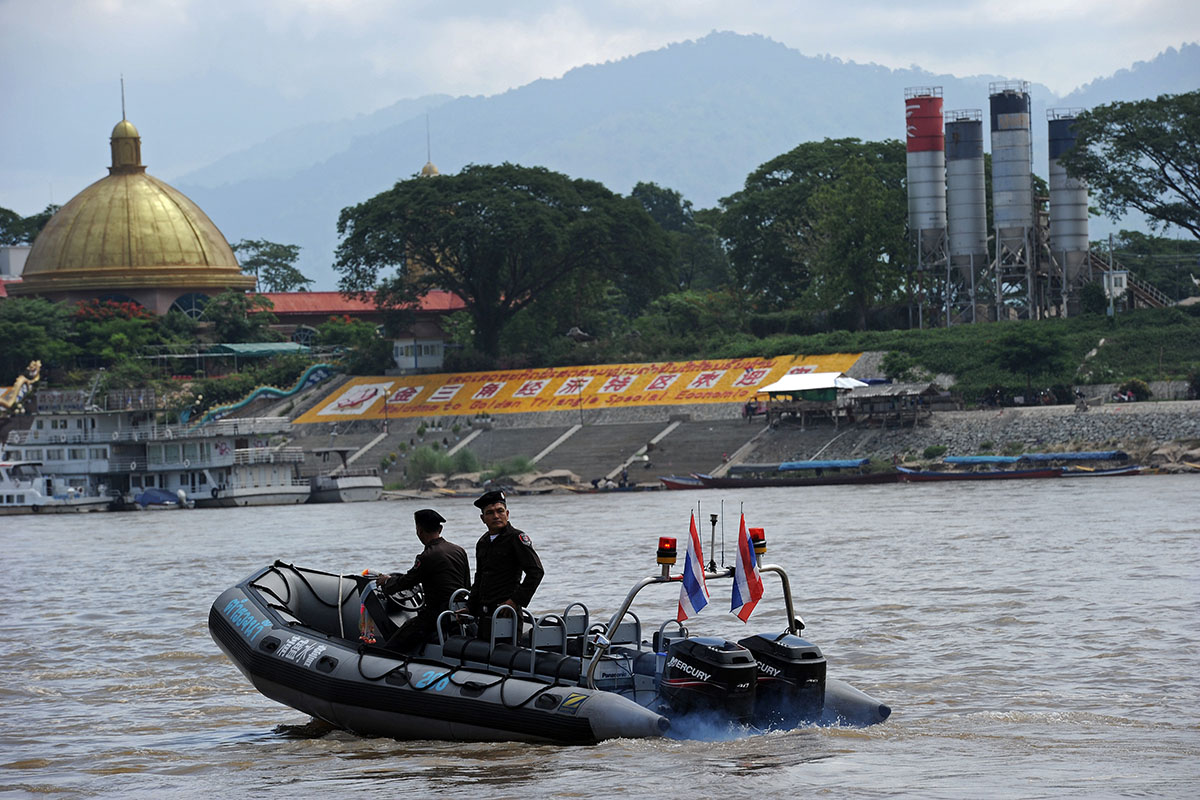The Lao government has recently announced plans to launch a new port checkpoint located along the Mekong River in Thailand, early next year. The port, known as the Ban Mom port,will be situated in Ton Pheung, Bokeo province – 17 km North of Chiang Rai’s Chiang Saen district in Thailand. The development and operation of the port for the next 40 years has been contracted to a Thai firm.
Under the Quadrilateral Agreement on the Commercial Navigation on Upper Mekong‐Lancang River – signed between Lao, China, Thailand and Myanmar - Ban Mom Port will work as a checkpoint for upstream river traffic from Chiang Saen Port in Thailand to China. The port will be equipped with cargo handling equipment, immigration and customs offices, warehouses and servicing cargo vessels. Cargo ships carrying 100 tonnes will be charged 40 dollars and ships larger than that will be charged 50 dollars at the port.
Lao, China, Myanmar and Thailand have set common navigation rules for cargo and trade vessels to abide by as they travel along the Mekong River. There are six common navigation rules that were standardised. These rules are meant to oversee various areas – safe navigation, vessel monitoring process, water level management for cruising, navigation administration, procedures on accident investigation and search and rescue.
In 2018, the China-Thailand free trade agreement will be coming into effect which would further boost regional traffic. The Ban Mom port’s development will allow it to manage the influx of regional traffic and will also help combat the illegal trafficking of goods and contraband items to and from China. Due to the heightened increase in traffic, the port will be increasing security personnel to assist with cargo monitoring, to combat the travel of contraband items.

The various ports found along the Mekong river
According to Pakaimas Viera, the Vice-President of the Chiang Rai Chamber of Commerce,the Ban Mom port, after it's launch early next year, the port is being eyed for prospective expansion. The proposed plan is to eventually develop the port into an agricultural hub that will create and form a trade link between Thailand and the South of China.
The Mekong River expansion
The Mekong River – which is the 12th largest river in the world – plays a large part within the surrounding community. It passes through six countries, namely, China, Myanmar, Thailand, Laos, Cambodia and Vietnam. In Vietnam alone, 73 percent of cargo tonnage and about 27 percent of passengers travel annually via the Mekong River. The river has always been used as a conduit for the various towns located along the banks. Since its expansion, the Mekong river now hosts a vast international trade route that interlinks between the six countries and out to international markets.

In this picture taken on May 28, 2013, boat from the Thai Marine Border Police patroling along the Mekong river, which marks the border between Thailand and Laos (background) in Chiang Saen, northern Chiang Rai province. (AFP Photo/Christophe Archambault)
In 1992, China, Cambodia, Lao, Vietnam, Thailand and Myanmar entered a program of subregional economic cooperation, conceived to enhance economic relations between these countries – the Greater Mekong Subregion (GMS). The GMS aims to help with the implementation of high priority subregional projects in the fields of transport, energy, telecommunications, environment, human resource development, tourism, trade, private sector investment, and agriculture.
Considerable progress has been made since 1992, with infrastructure projects costing around 11 billion dollars being developed and implemented. Most notable of these projects are the upgrades made to Phnom Penh in Cambodia and the East-West Economic Corridor that will eventually extend from the Andaman Sea to Da Nang.
The countries in the GMS are transitioning towards a more diversified economy who utilise a more open, market-based systems. The growing relations among the GMS countries encourages cross-border trade, investment, and labour mobility.
Recommended stories: